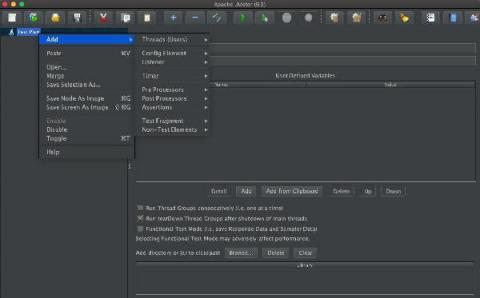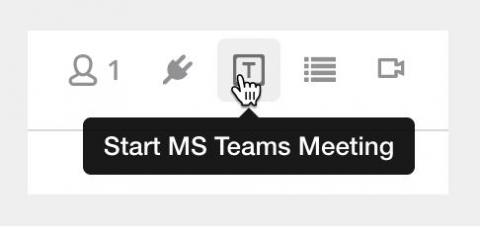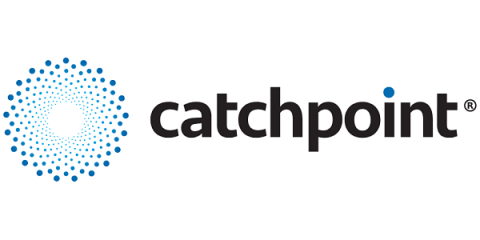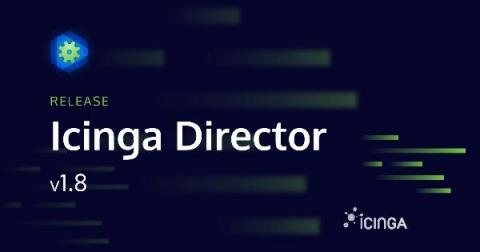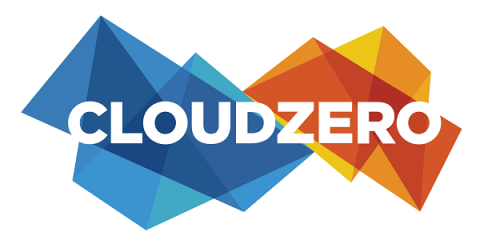Operations | Monitoring | ITSM | DevOps | Cloud
Latest News
Announcing Harvester: Open Source Hyperconverged Infrastructure (HCI) Software
Today, I am excited to announce project Harvester, open source hyperconverged infrastructure (HCI) software built using Kubernetes. Harvester provides fully integrated virtualization and storage capabilities on bare-metal servers. No Kubernetes knowledge is required to use Harvester. In the past few years, we’ve seen many attempts to bring VM management into container platforms, including our own RancherVM, and other solutions like KubeVirt and Virtlet.
Load Test Your Rails Apps with Apache JMeter
Every Rails app has a breaking point; a level of activity that it simply cannot handle. Your braking point depends on big architectural decisions, yes — and also on the tiniest changes committed by your most junior developer. That's why it's vital to regularly test your application's performance under load. In this article, Milap Neupane gives us a Rails-centric introduction to load testing with a powerful open-source tool called JMeter.
An Open Source Prometheus Tutorial for System and Docker Monitoring
Prometheus is an essential element in DevOps. It has one of the largest contributor communities in the open source world and is the favorite database for time-series metrics data. It is also part of Logz.io’s complete observability package, which integrates open source grafana, Jaeger, and ELK Stack into one platform. It’s a favorite for system and container monitoring. This tutorial will show you how Prometheus works with Docker and your local machine.
Mattermost release v5.30 is now available
Mattermost v5.30 is generally available today; the release includes the following new features: Enterprise Edition All Editions
Automated, Simplified DNS Troubleshooting for Kubernetes: Only in Calico Enterprise
The Domain Name System (DNS) is a naming system for computers, services, or other resources connected to the Internet or a private network. DNS translates domain names to the numerical IP addresses needed for locating and identifying computer services and devices. For decades It’s been an essential component of the Internet. It’s an essential part of Kubernetes as well, and is used to determine how workloads connect to Kubernetes services as well as resources outside the cluster.
How to Set up an Integration with Slack
In this week’s tech tip, we are going to show you how to set up an integration with the instant messaging and collaboration app, Slack. These days, collaboration tools like Slack and Microsoft Teams are indispensable to the distributed workforce. In addition to being an instant messaging system that lets you bypass email, Slack has lots of add-ins for other workplace tools.
Releasing Icinga Director v1.8
Today we’re happy to announce the general availability of Icinga Director v1.8! This release focuses on improvements of monitoring automation tasks within the director and enhancements for delegating specific tasks to your teammates.
Digital Transformation Is Driving Operational Excellence in Customer Service Teams
Digital initiatives are on the rise, with spending on the public cloud expected to increase by 18% in 2021. These initiatives are also driving customer service teams towards operational excellence with a focus on customer advocacy and engagement. As more companies embrace the cloud and digital-first operating models, customer service organizations are finding they need to be more proactive in order to create great customer experiences.
Cost per Tenant: A Key Part of the AWS Well-Architected Strategy SaaS Lens
Multi-tenancy is one of the key properties of any effective SaaS solution. It gives companies the economies of scale, elasticity, and operational efficiency to offer competitive products with strong margins. However, multi-tenancy has a tradeoff: cost visibility. Because customers share AWS resources in multi-tenant architecture, the billing data shows the resources you’ve utilized, but not by who or to do what. It’s possible to build this kind of visibility in.




